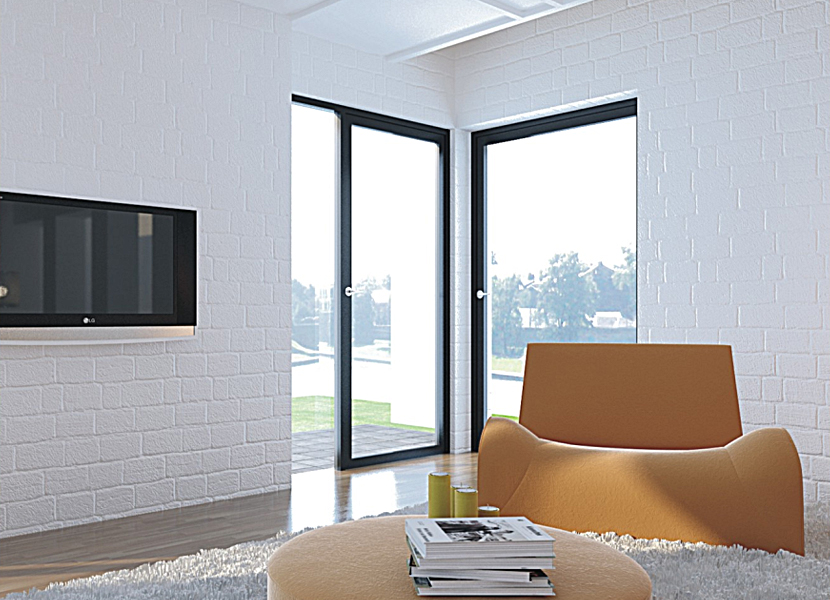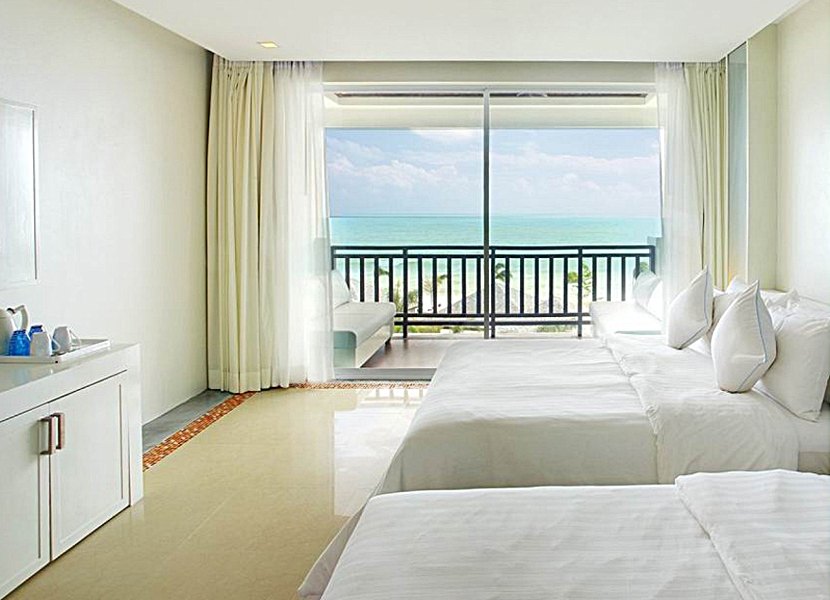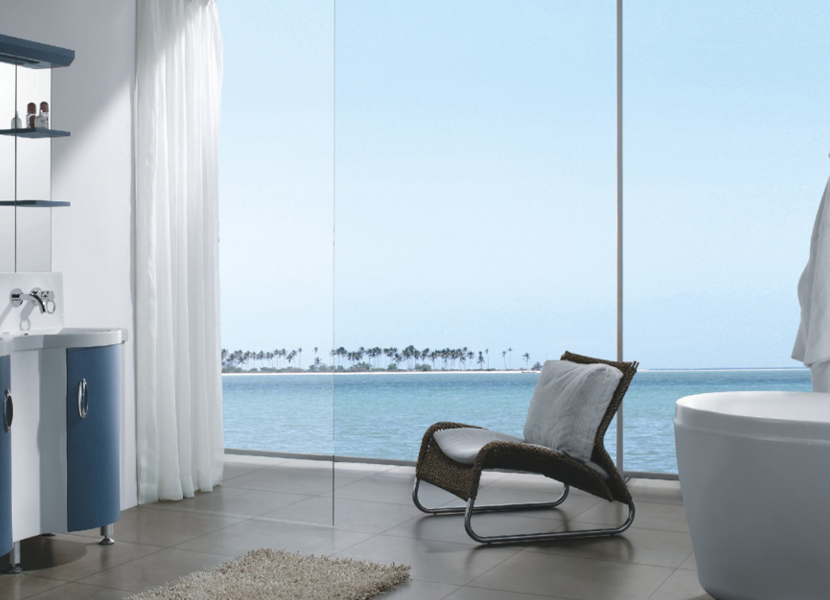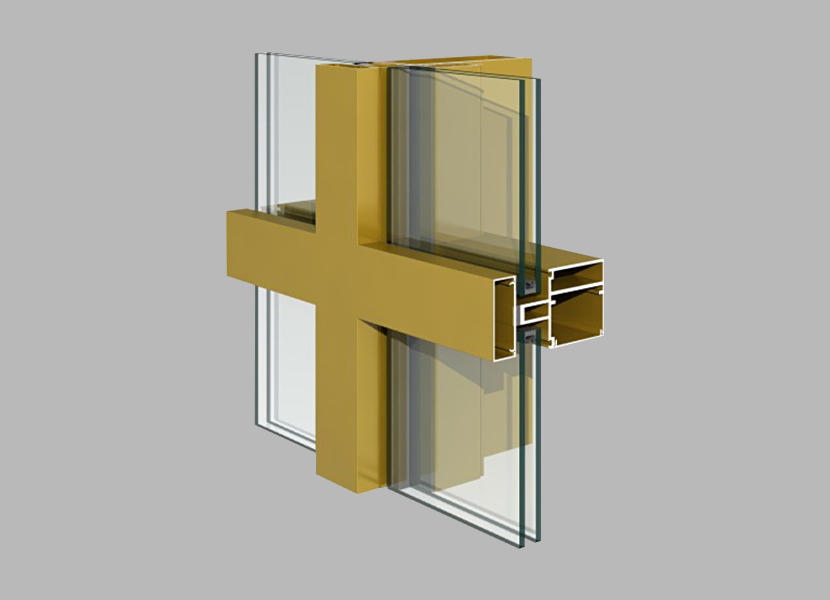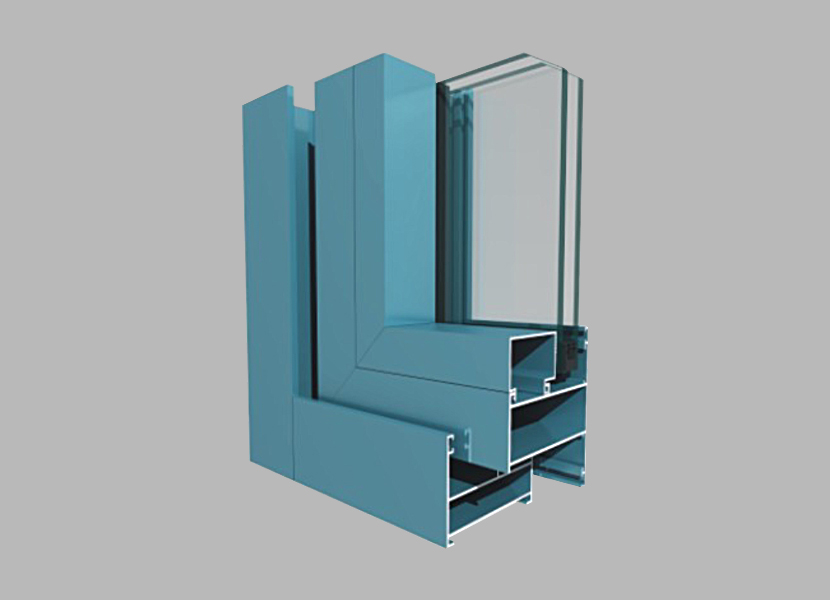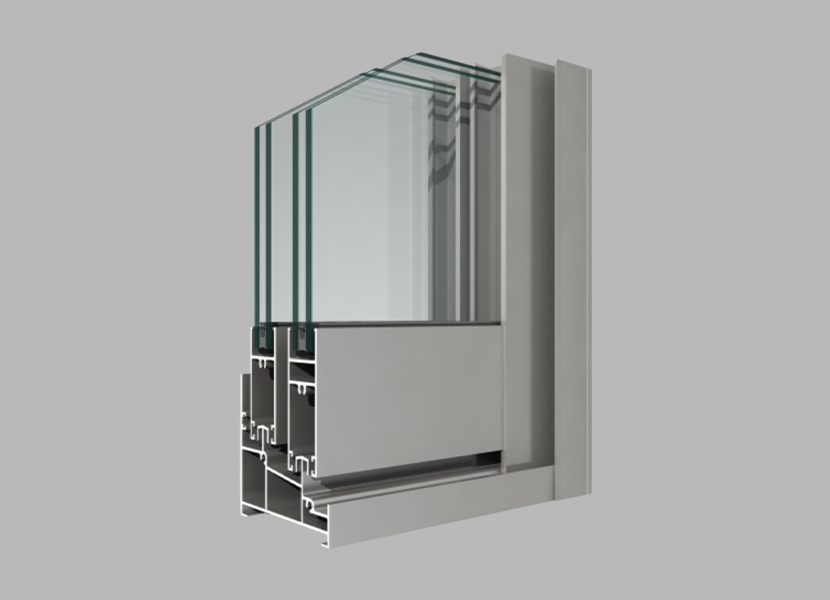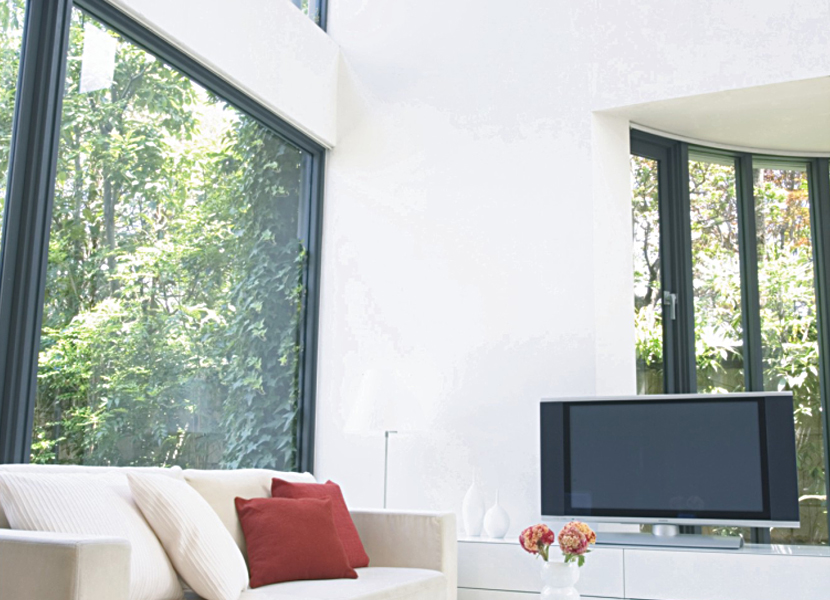Mechanical treatment is one of the main methods for surface treatment of industrial aluminum profiles in Hubei. Often plays an irreplaceable role. Mechanical treatment can generally be divided into: polishing (polishing, polishing, fine polishing or mirror polishing), sandblasting (pills), brushing, rolling, and other methods. Which method to use depends mainly on the type of industrial aluminum profile, production method, initial surface state and required finishing level. After surface treatment of industrial aluminum profiles, the following purposes can be achieved.
(1) Provide good surface conditions and improve the quality of surface finishing. Industrial aluminum profiles often have serious appearance defects in the production process. With the help of mechanical treatment, a flat and smooth surface can be obtained, which provides good surface conditions for subsequent anodizing, chemical oxidation, or other surface treatments, which greatly improves the The quality of the surface finishing of industrial aluminum profiles.
(2) Improve the grade of industrial aluminum profiles. Although extruded industrial aluminum profiles are produced with a smooth surface, these articles are generally not mechanically pre-treated prior to anodization. However, with the progress of society, users have put forward higher requirements, and they are in love with polished surfaces or "matt" and "satin" surfaces. Extruded industrial aluminum profiles are mechanically polished or polished, which can eliminate defects such as extrusion lines, and even obtain a mirror-like bright surface. If it is treated with sanding belt, sandblasting (pellet), brushing and other methods, it will form a matte and frosted surface. After other surface finishing treatments, the ultimate quality of the product is greatly improved, and the primary product can be upgraded to a high-level product.
(3) Reduce the influence of welding. Industrial aluminum profile welding parts are widely used in industry. Due to the influence of high temperature and solder during welding, the microscopic metallographic structure of the weld often changes, and the appearance and color are inconsistent. Mechanical treatment can reduce the influence of welding.
(4) produce a decorative effects. In aluminum handicrafts and household daily necessities, most of them require beauty and delicacy. Through some special mechanical methods such as belt sanding, brushing, etc., decorative effects such as stripes are produced on aluminum parts.
(5) Obtain a clean surface. After mechanical treatment, industrial aluminum profiles can be obtained without oil pollution, rust, uniform color and gloss, fully exposed the clean surface of the aluminum substrate, and can be followed by the next construction process.
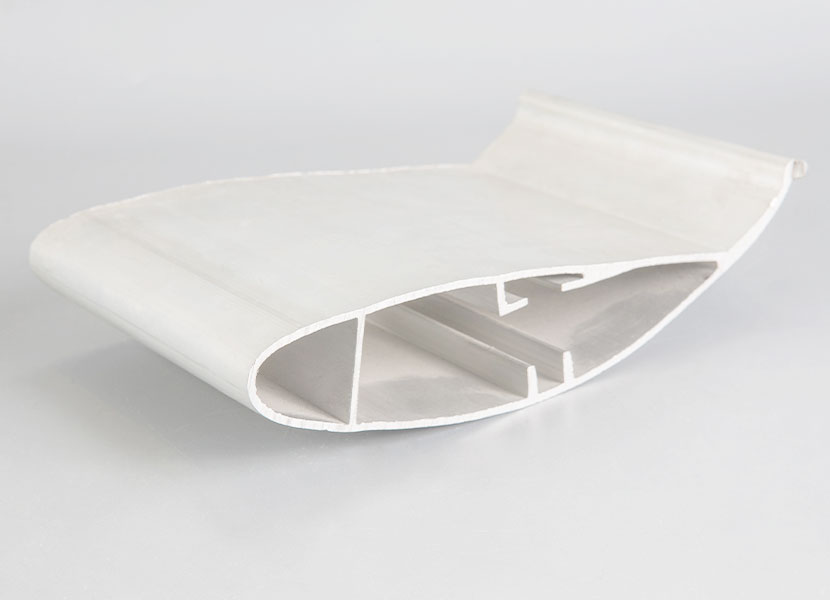

 English
English 简体中文
简体中文 España
España